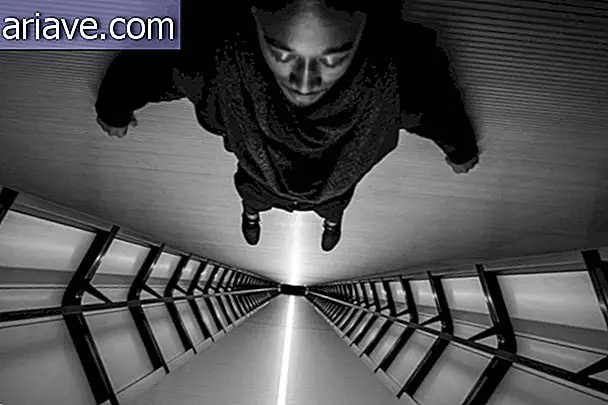Da Vinci's “longest bridge in the world” would work if built
Leonardo da Vinci - the Florentine painter, mathematician, engineer, architect, anatomist, poet, musician, sculptor, botanist and inventor considered by many to be one of the greatest geniuses the world has ever seen - left numerous sketches and designs for posterity. For among them is the design of a colossal bridge that, according to a recent study by a Massachusetts Institute of Technology (MIT) engineer, would have worked if it had been built.
Giant bridge
According to Stephen Luntz of the IFLScience! Website, Da Vinci designed the bridge in the early 16th century at the request of the Byzantine Sultan Bayezid II. This guy wanted to connect the ancient city of Constantinople - which corresponded to Istanbul's current Sultanahmet district - with the Galata, a district that is separated from the peninsula by the Golden Horn. See the following image for the tower that marks your location:

In fact, there were already bridges connecting these two regions - built in the 6th century by Justinian the Great - but the sultan wanted a structure that connected the centers of Constantinople to the Galata, which meant that the bridge, besides being much larger than the others, it would have to be erected over a wider area of the Golden Horn. But, besides the challenge related to the size and robustness of the work, whoever designed the bridge should not forget that this estuary had a large circulation of vessels.
So the brilliant Leonardo came up with a project where he proposed the construction of what would be the longest bridge in the world at the time - and would cross the Golden Horn in a single arc, connecting the 2 centers and being high enough to allow the boats could sail smoothly across the estuary.
The work never got off the ground, unfortunately, and although smaller versions were built around the world - and even rejected as too modern! - many doubted that the bridge, if it had been erected with the technologies available in those days, would be able to resist without collapse.
Project approved
According to Stephen, engineer Karly Bast decided to put Da Vinci's design to the test and found that the bridge would probably stand, and that the key to building success was that Leonardo replaced the semicircular arches - which were normally used to support it. to this kind of structure - by a single arc. This, by the way, would be less pronounced than usual and would extend for an incredible 280 meters, and the structure would hold in place only by compression!

In addition, Da Vinci's bridge would have more open buttresses that would help give it more stability against lateral forces - as in the case of earthquakes, for example - and would be 10 times longer than any built so far. The engineer also investigated the materials and construction techniques of the time to erect such a structure and made a geological survey of the site where the work would take place.

The researcher concluded that if Da Vinci did not invent any new method, machinery or material to do the work, the bridge would probably be made of stone, as materials such as bricks or wood would not be sturdy enough, and created a scale replica. 1: 500 with 126 blocks produced with a 3D printer - which remains strong firm since its assembly. And this proves once again the genius of Leonardo da Vinci, the owner of a mind far, far beyond his time.











